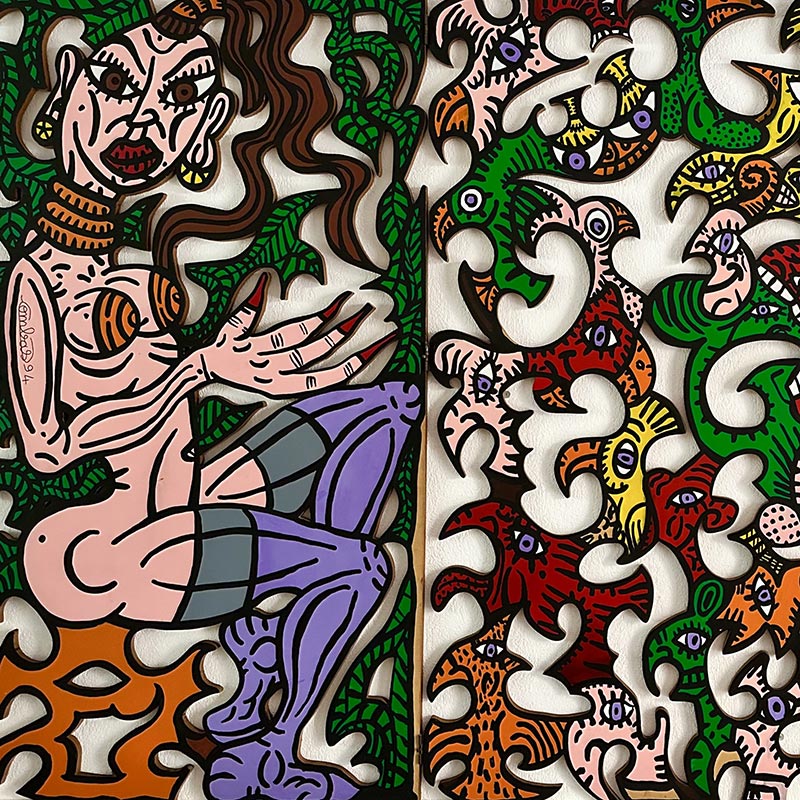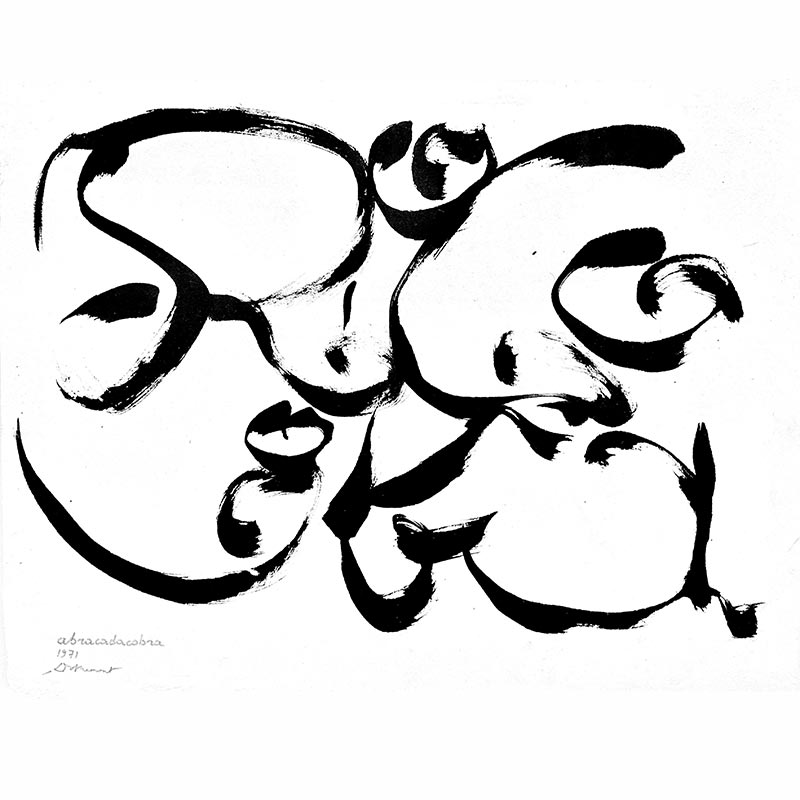Corneille was born on 3rd July 1922 in Liège as Corneille Guillaume van Beverloo. The artist was a Dutch national, even though he was born in Belgium. He had Dutch parents and his father in particular didn’t understand why he wanted to go down the art route. The decision to become an artist ultimately caused a definitive break with his parental home. Corneille moved to Amsterdam, where he studied at the Rijksacademie from 1943. He met Karel Appel during these years of study.
Corneille was one of the founders of free painting in Europe. He was also introduced to Constant in 1948 and founded the Nederlandse Experimentele Groep, and later CoBrA, together with others. He didn’t actually develop his own powerful and colourful style until after the CoBrA era.
Corneille spent most of his life travelling around the world in search of inspiration. He visited Tunisia, Sudan, Nigeria, Ethiopia and Kenya, Brazil, Cuba, Mexico and New York. It was the exotic trips to Africa, Central and South America and the Caribbean in particular which proved to have a lasting influence on his work.
Corneille settled in Paris in 1950, from where his fame spread right across the globe. Natural elements like stones and rocks played an important part in his work from the 1950s and early 1960s. Much of his work which dates back to this period depicts abstract landscapes from a bird’s eye view. The figurative element started making a comeback in his work from the second half of the sixties. The multi-coloured compositions with women, birds and cats, enriched with heavy contours, very much set the tone during the course of the 1970s.
Corneille drew inspiration from CoBrA throughout his artistic career.
























